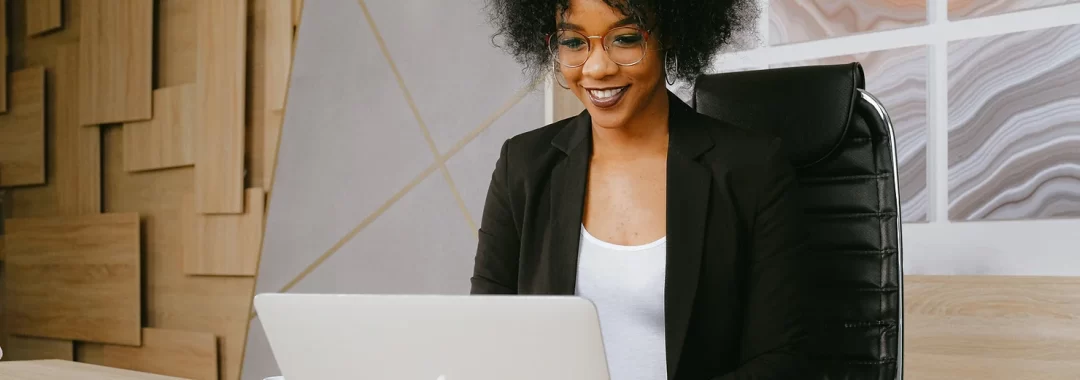By: Alaa Azan
Congratulations – you’ve just been accepted to a conference and you’re preparing your presentation. As a graduate student. you’ve probably created presentations before as part of your degree but this time it’s different; you will talk about your work in front of professionals and most likely, in front of experts in the field.
That being said, you want to create an effective presentation. In this blog post, I’ll share strategies that I’ve learned for creating effective PowerPoint presentations:
-
Create an outline. Although you’re not writing a paper, it’s still important to create an outline for your presentation in order to keep it focused and to ensure you cover all of your key points. I’ve found it helpful (both for me and the audience) to have a slide at the start of the presentation outlining what will be discussed.
-
Follow the event/conference guidelines. Whether it has to do with the formatting or the length of your presentation, make sure to follow any requested guidelines in your presentation.
-
Keep it concise. Avoid overcrowding your slides with text. This could distract the audience from your actual presentation, focusing their attention instead on reading all the text. Try to have concise sentences and keywords only to help you remember your point and to allow you to do the talking.
-
Be creative. You can include visuals, graphics and colour to communicate the presentation’s content creatively and to keep the audience engaged. Watch the following video for examples on using the most effective colours and template styles in your presentation.
-
Adapt engagement for the virtual space. If you’re presenting virtually, this would change how you interact with your audience. You will need to decide on whether you would engage with the audience by asking discussion questions throughout the presentation, taking questions at the end, including a poll or a video, etc.. Regardless of the method you follow, make sure to practice with friends to determine the best audience engagement technique and to prepare for any technical issues you might encounter.
-
Accessibility. When designing your presentation aim for creating accessible material. For instance, audience members with visual impairments might find it challenging to read small fonts and struggle with background and text colour choices. By incorporating small adjustments, you can make your presentation accessible to a wider audience. In addition, when including videos make sure to include captions or describe the video when possible.
-
Start early. Once you’ve been accepted to the conference/event start working on your presentation as early as possible. It’s always better to be prepared early on than to have a presentation that you’ve worked on at the last minute. This will also give you a chance to get others’ opinions on your presentation and make the necessary edits before the big day.
-
Practice, practice practice. This goes back to the previous point. By having your presentation ready early on, you will ensure enough time to practice and master your presentation. You will also feel a lot more confident on the presentation day.
